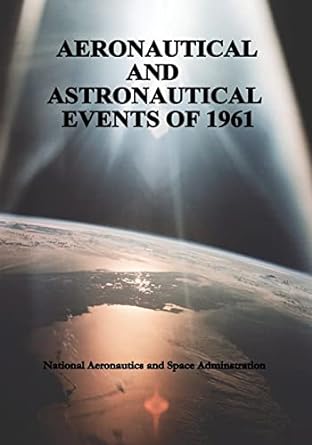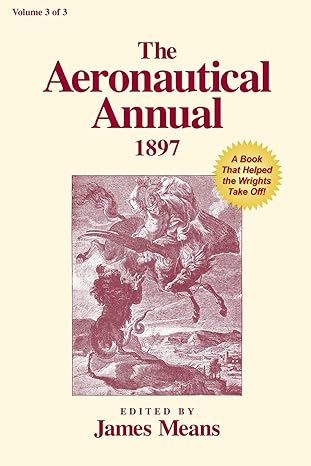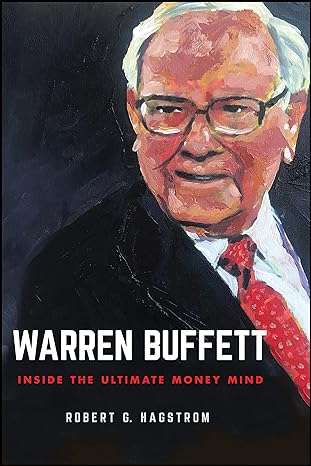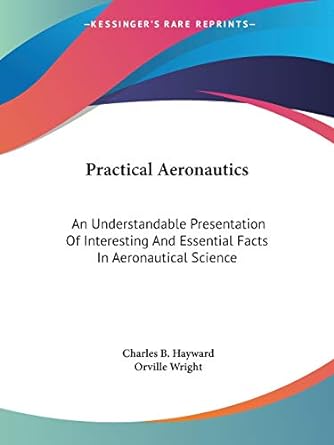Go back


Aeronautical And Astronautical Events Of 1961(1st Edition)
Authors:
National Aeronautics And Space Administration

Cover Type:Hardcover
Condition:Used
In Stock
Include with your book
Free shipping: April 16, 2024Popular items with books
Access to 3 Million+ solutions
Free ✝
Ask 10 Questions from expert
200,000+ Expert answers
✝ 7 days-trial
Total Price:
$0
List Price: $16.99
Savings: $16.99(100%)
Book details
ISBN: 149545617X, 978-1495456176
Book publisher: CreateSpace Independent Publishing Platform
Get your hands on the best-selling book Aeronautical And Astronautical Events Of 1961 1st Edition for free. Feed your curiosity and let your imagination soar with the best stories coming out to you without hefty price tags. Browse SolutionInn to discover a treasure trove of fiction and non-fiction books where every page leads the reader to an undiscovered world. Start your literary adventure right away and also enjoy free shipping of these complimentary books to your door.
Aeronautical And Astronautical Events Of 1961 1st Edition Summary: A chronicle of scientific and technological events in the exploration of space offers useful perspective. To those of us engaged in these activities, it provides an inventory of the crowded kaleidoscope of swift-moving domestic and foreign events. To others interested in space exploration, it helps provide a sense of pace and a clearer awareness of genuine achievements as well as greater things to come. Events of 1961 are mingled with the past and the future. The groundwork of this year’s milestones was laid several years ago. The scientific discoveries of Explorers IX, X, and XII; the suborbital Mercury flights of Alan B. Shepard and Virgil I. Grissom; the attainment of near design speed (mach 6) and altitude (50 miles) of the X-15 rocket research airplane; the impact of Tiros satellites on global weather forecasting; and the successful first flight of the Saturn booster for large space payloads of the future-these were among the highlights of 1961. The decisions and programs undertaken this year will come to fruition in the months and years ahead. The national character of the space program is evidenced in the contributions by American industry, the scientific community, the military services, and other Government agencies. Growing public recognition of the value of increased scientific knowledge and the ultimate benefits for society of the total space effort was a so evident. Known and unpredictable promises of tomorrow spur everyone ahead in attaining the high goals of the national space program. As our broad-based scientific program and the development of a space transportation technology underwrote the events of 1961; it was also the year in which man himself first flew in space. Such was a thrilling reminder that the best interests of all mankind must ever provide the purpose and application of space exploration. This chronology represents but a first step in the historical process of fully recording and explaining the myriad activities, accomplishments, and problems of the National Aeronautics and Space Administration in the exploration and exploitation of space for the benefit of all mankind. It was prepared from open public sources. Since science and technology are fundamentally indivisible, events of space-related efforts by other governmental agencies including the Department of Defense, as well as international items of a non-NASA character, have been included to help provide the fuller context of current history. We are appreciative of the generous help of NASA offices and centers and interested members of the historical community.
Customers also bought these books
Frequently Bought Together
Top Reviews for Books
Chow Hoi
( 4 )
"Delivery was considerably fast, and the book I received was in a good condition."










